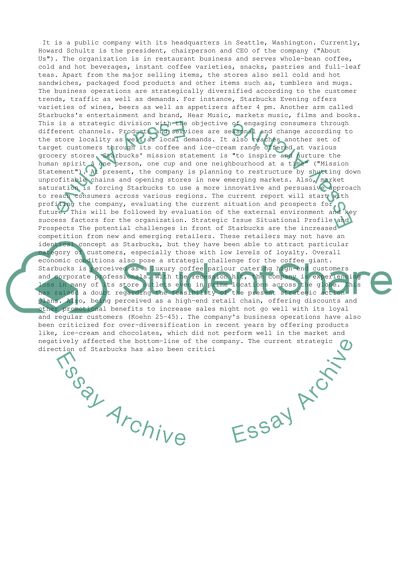Cite this document
(“Starbucks Essay Example | Topics and Well Written Essays - 3250 words”, n.d.)
Retrieved from https://studentshare.org/management/1498306-starbucks
Retrieved from https://studentshare.org/management/1498306-starbucks
(Starbucks Essay Example | Topics and Well Written Essays - 3250 Words)
https://studentshare.org/management/1498306-starbucks.
https://studentshare.org/management/1498306-starbucks.
“Starbucks Essay Example | Topics and Well Written Essays - 3250 Words”, n.d. https://studentshare.org/management/1498306-starbucks.


